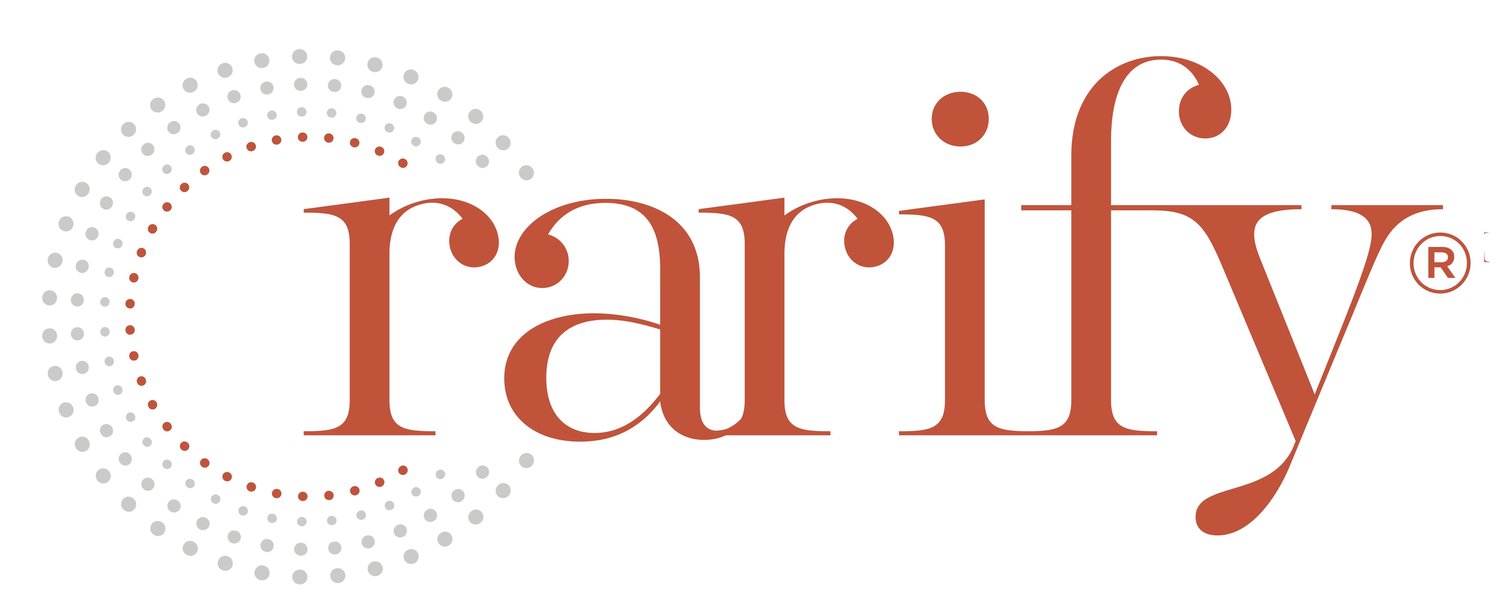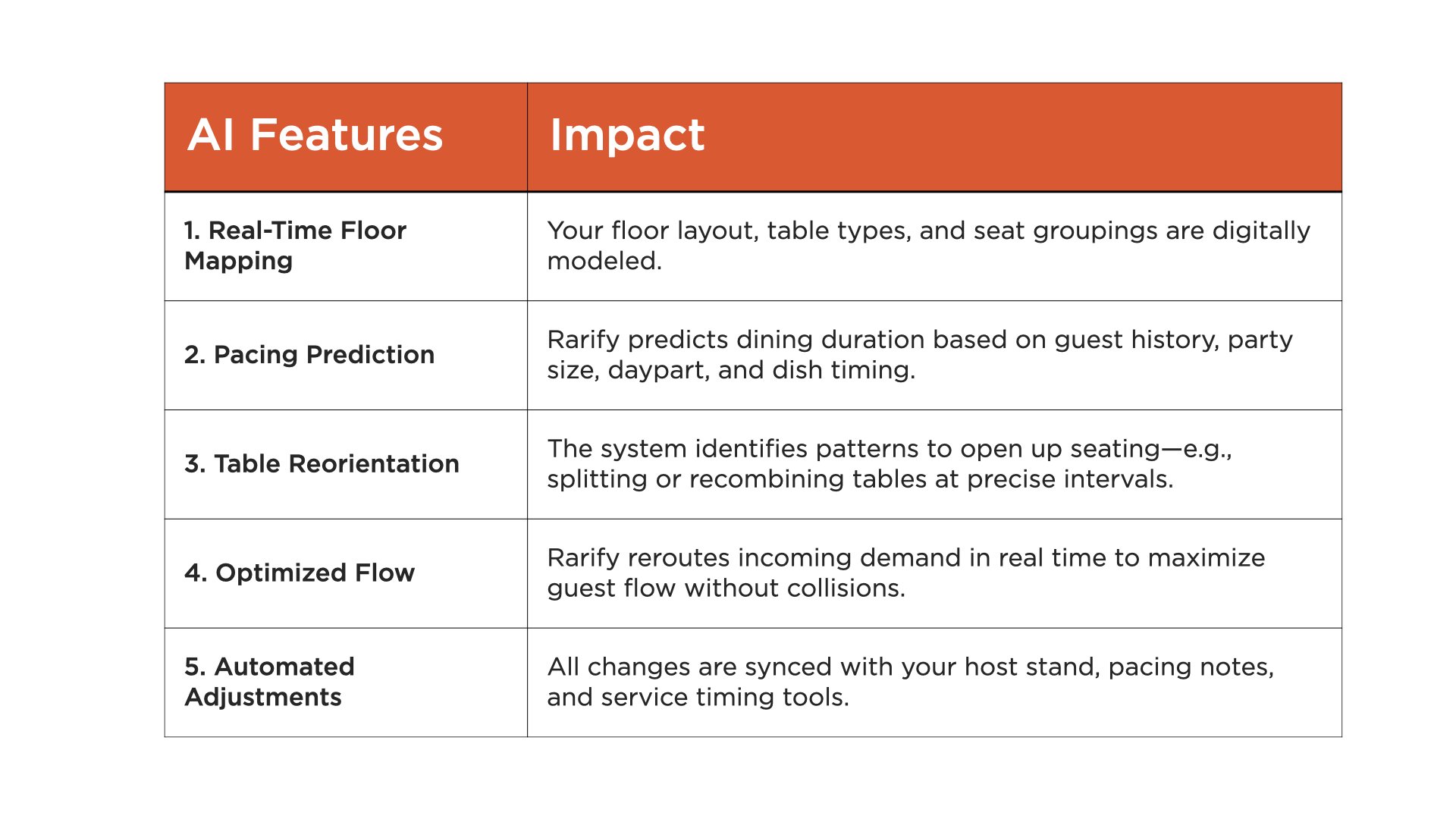A Heavyweight Comparison: Rarify vs. OpenTable, Resy and Tock
1. AI-Driven Capacity Optimization
Rarify: Utilizes real-time AI to adapt pacing, optimize seatings, and anticipate no-shows based on actual guest patterns, aiming to increase revenue by up to 15% during peak times.
OpenTable: Offers automated table assignments and smart table management but lacks AI-driven real-time optimization for seating and pacing. OpenTable+1OpenTable+1
Resy: Provides seat optimization and POS integration for real-time course statuses but does not emphasize AI-driven capacity enhancements. Resy
Tock: Focuses on flexible reservations and table management with pacing controls but does not highlight AI-driven optimization features. Tock
2. Revenue Enhancement Strategies
Rarify: Specifically targets increased revenue during peak times through AI-driven capacity optimization.
OpenTable: Claims diners spend 24% more on average than walk-ins and offers features to boost visibility during slow shifts. OpenTable
Resy: Highlights access to high-spending American Express card members but does not focus on peak time revenue enhancement. Resy
Tock: Emphasizes selling unique experiences and events to drive revenue but lacks targeted strategies for peak time optimization. Tock
3. Guest Experience and Data Ownership
Rarify: Prioritizes personalized guest experiences through AI and ensures restaurants retain ownership of guest data.
OpenTable: Offers guest profiles and automated preferences but operates within its own diner network, potentially limiting data ownership. OpenTable
Resy: Provides detailed guest intel and preference tracking, with a focus on enhancing guest experiences. Resy
Tock: Delivers comprehensive guest notes and CRM features, allowing restaurants to capture and utilize guest preferences effectively.
“Proof Over Promises”
Headline:
Peak-time capacity increases by 15%
Average turn time improves without pressure
Higher revenue, same square footage

